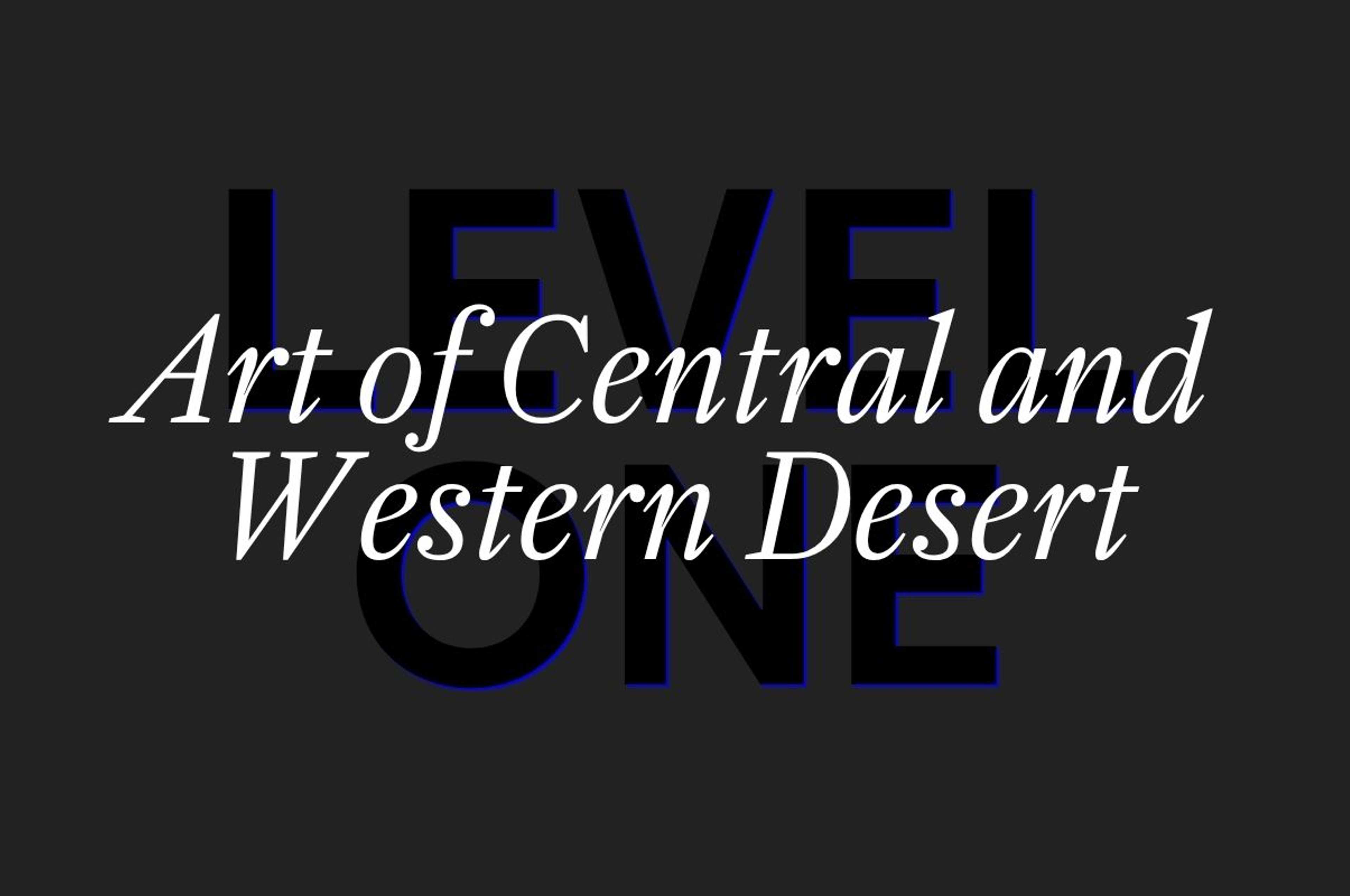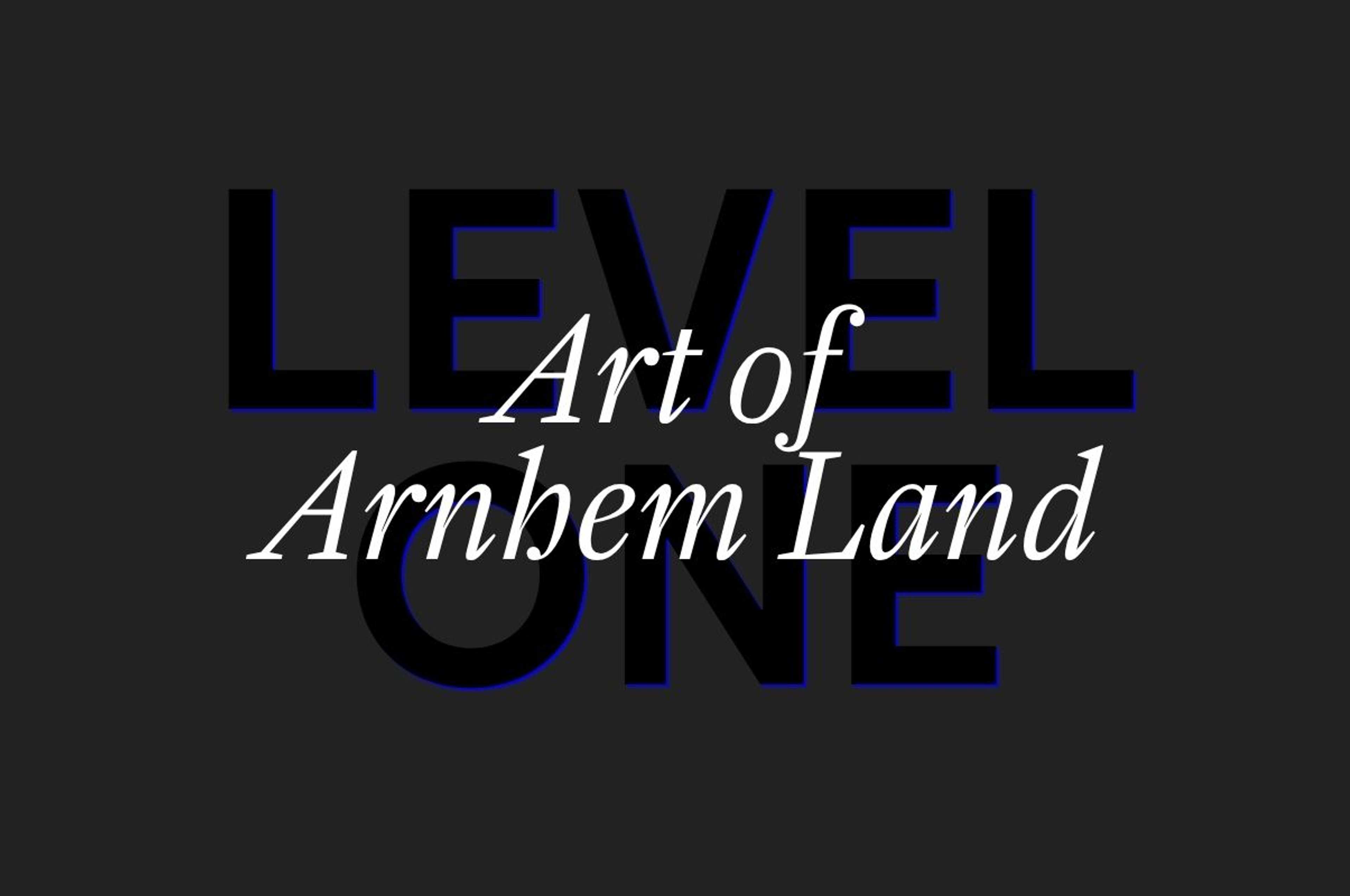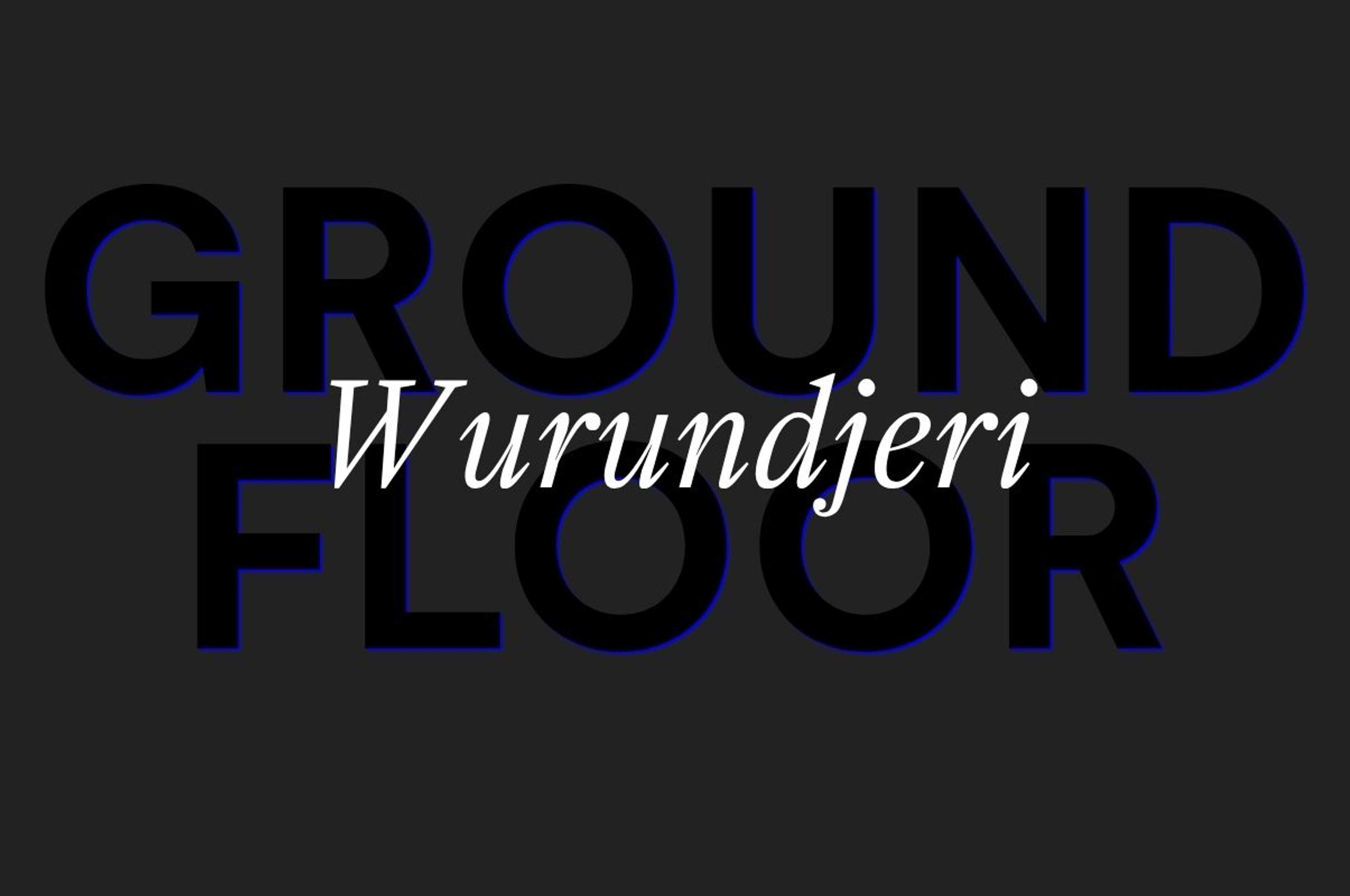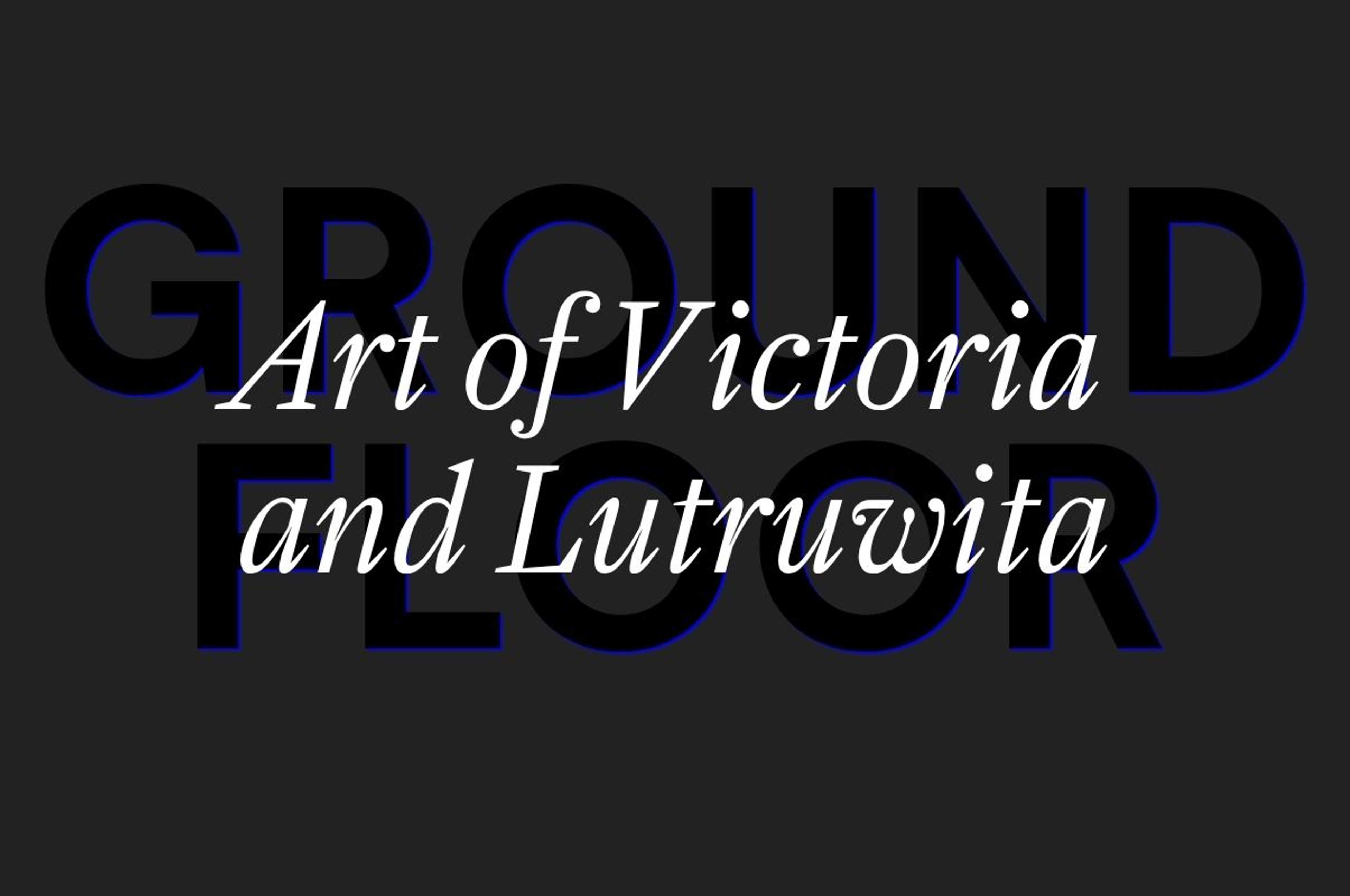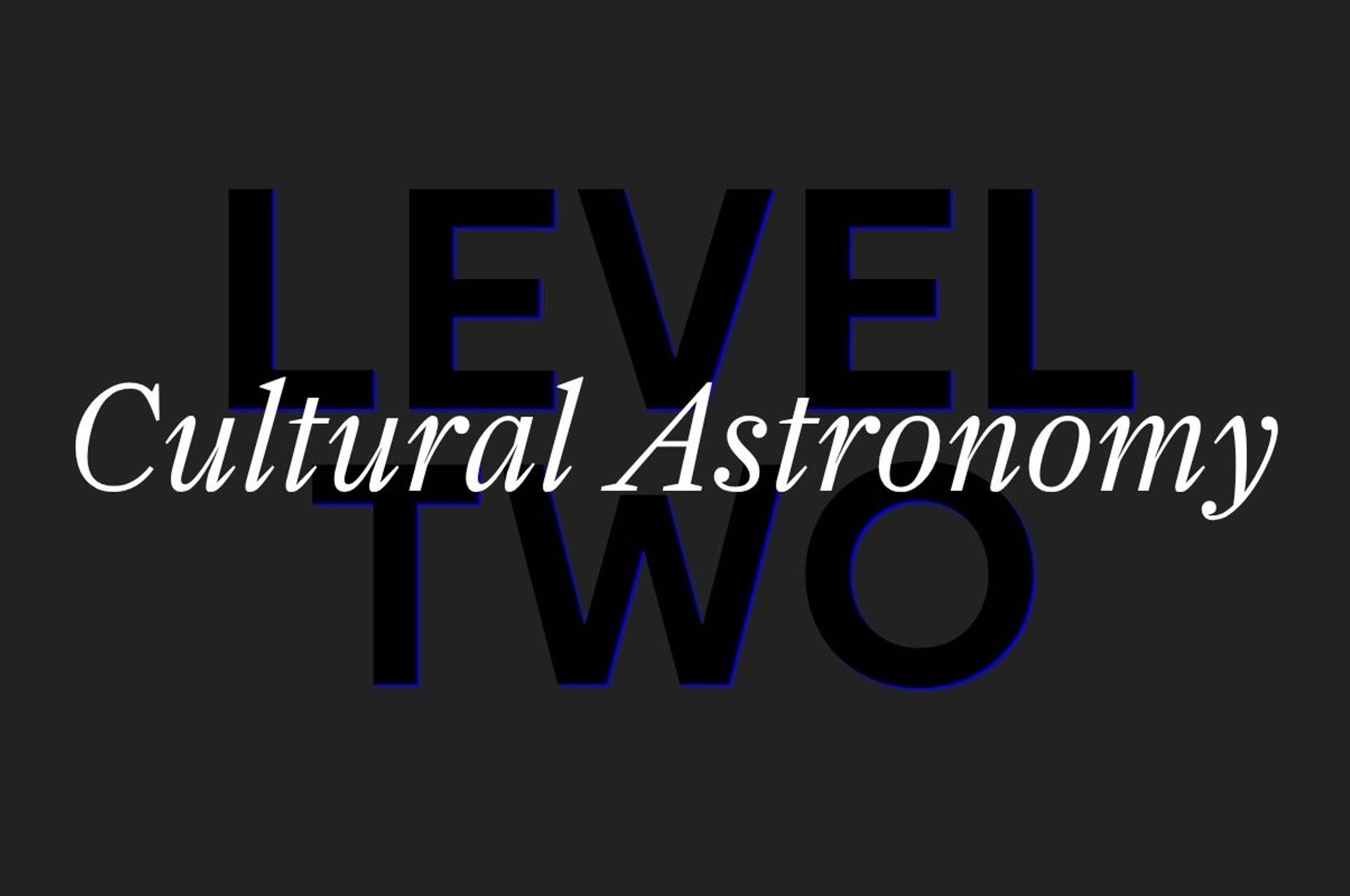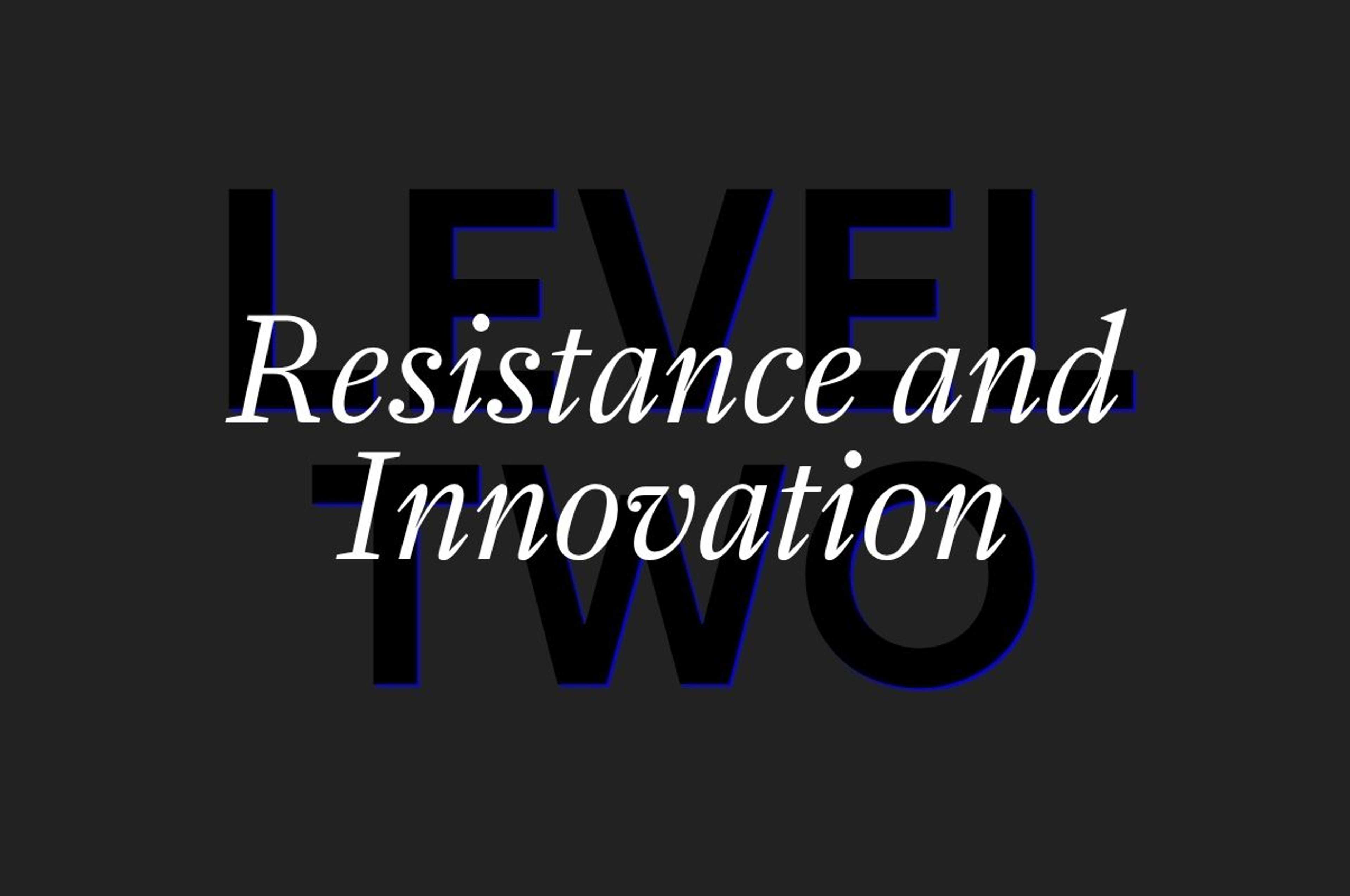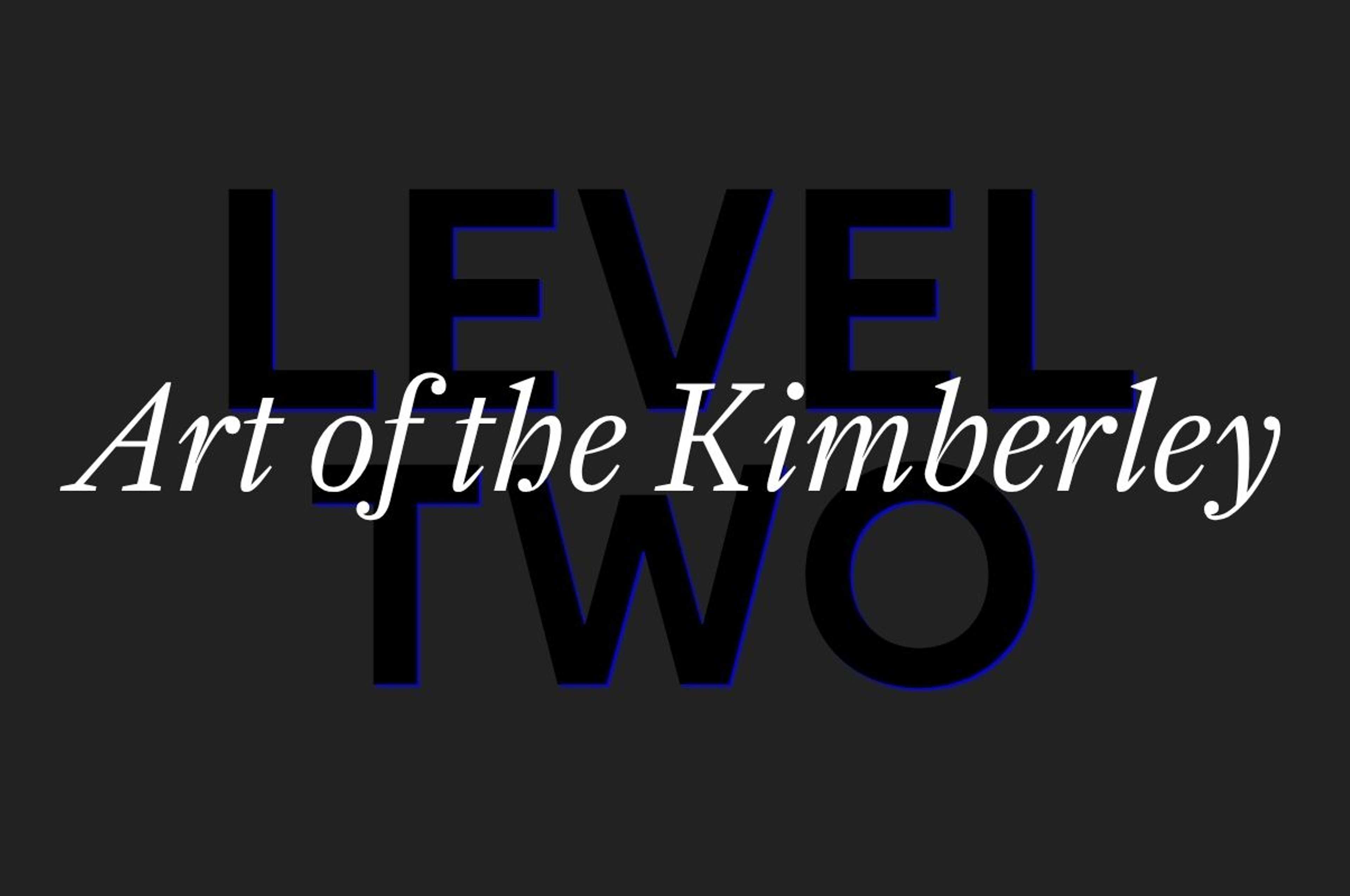Scientific Racism
At the University of Melbourne and Beyond
Level One
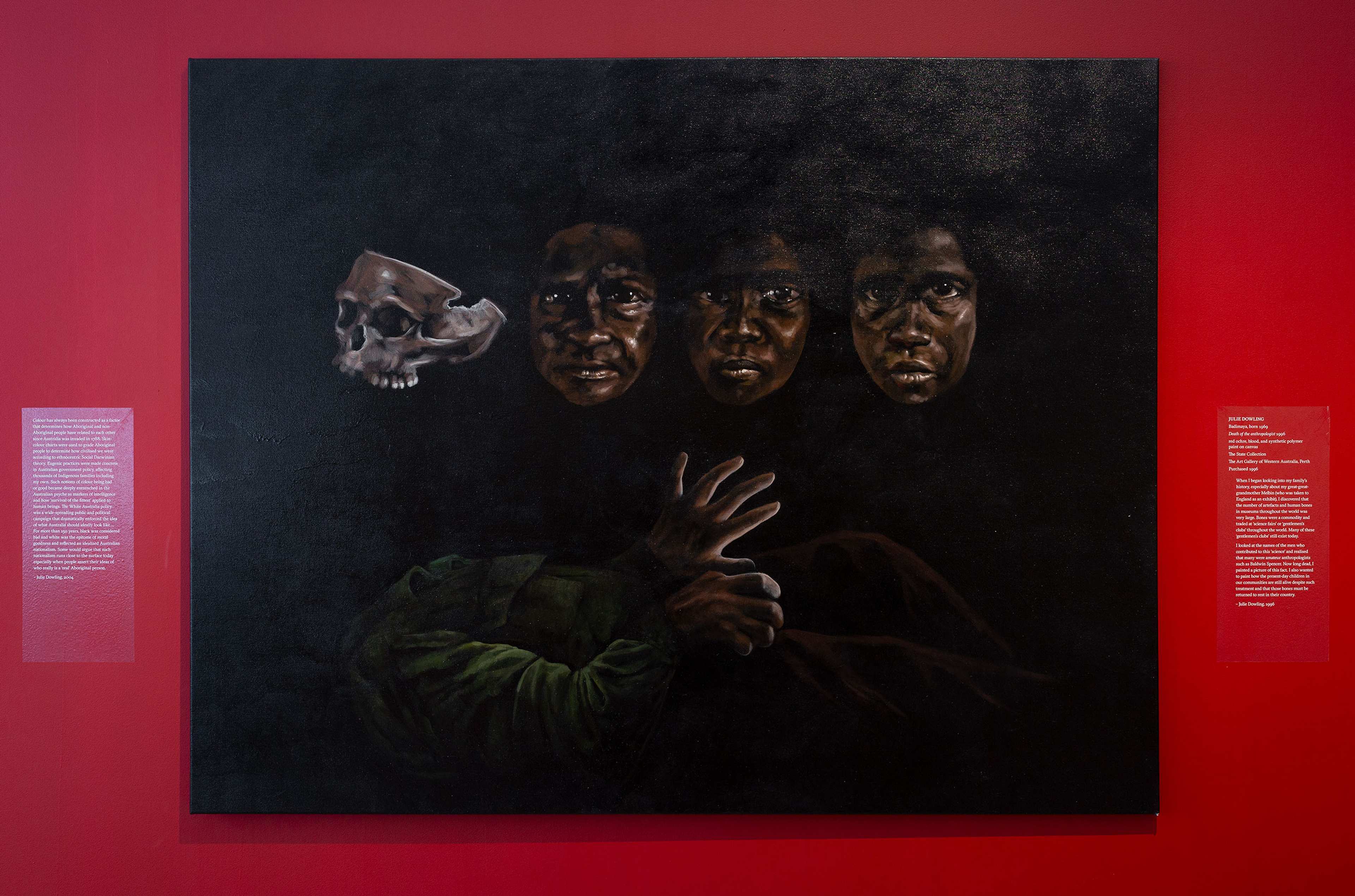
Installation view of 65,000 Years: A Short History of Australian Art, Potter Museum of Art, the University of Melbourne, 2025. Featuring Julie Dowling (Badimaya, born 1969), Death of the Anthropologist1996. The State Art Collection, The Art Gallery of Western Australia.Photography by Christian Capurro.
About the room
This gallery calls out the trade in Indigenous remains and eugenics that were practised in the University’s Melbourne Medical School, as well as in other related faculties across Australia and internationally. The display is disturbing, but the archival material and artists’ responses to the subject are critical to this truth-telling exhibition and to the University. Eugenicists also had great influence beyond academia and their theories were used to validate Australian government policies that dismissed Indigenous people as fully human until the 1967 referendum, when for the first time they were counted in the Australian population. Pejorative classifications of Australia’s First Peoples also led to the marginalisation of Aboriginal and Torres Strait Islander art as mere ethnographic and ‘primitive’ art.
Until well into the twentieth century, the University of Melbourne collected, measured and stored the bodies and skulls of Indigenous people without their permission for teaching purposes. Indigenous remains were stolen from burial sites across the country. In the University’s Medical School the remains stolen from burial sites across Australia were examined and lectured on by professors of anatomy including George Halford, Richard Berry, Frederic Wood Jones and Sydney Sunderland.
The Murray Black Collection at the University was repatriated in 1985, following an adverse judgement in the Supreme Court. It took almost two decades until the other significant collection of Indigenous remains, the Berry Collection, was ‘discovered’ in the Anatomy Department. The work of these eugenicists did violence to Indigenous people, who were subjected to measurement, pejorative labelling and systems of sinister, evolutionary thought.
Content Warning
Please note that this part of the exhibition is not recommended for viewers under eighteen years of age.
Viewers are advised that this gallery contains material related to the theft, examination, handling and trade of Indigenous remains, practices undertaken at the University of Melbourne. There are also references to the discredited ‘science’ of eugenics, the desecration of burial sites, violence, ‘blood quantum’ terminology and racism. Many of the archival documents contain derogatory descriptions, classifications and eugenicist theories that reflect the attitudes and circumstances of the period in which they were written.
If required, please contact a Potter staff member for further advice and recommendation of additional support services.
Curator Statement
Marcia Langton AO
Matthew Hindson and William Barton, Kalkadunga III
Bleached Bones 2007
The ambient Bleached Bones soundscape featured in this video was co-composed by Kalkadoon didgeridoo virtuoso and composer William Barton, and Sydney-based Australian composer Matthew Hindson. Kalkadungu is a work in five sections that focuses on a brutal battle waged between Barton’s Kalkadoon ancestors and European forces, which resulted in the loss of 200 Kalkadoon warriors, whose bleached bones are believed to have lain exposed on the site for the following 50 years. The desolate landscape of Bleached Bones forms the centrepiece of the composition. The viola and cor anglais [English horn] represent the survivors wailing, not just for the loss of their people but of their culture, a loss symbolically echoed for contemporary times by the reprise of the electric guitar solo.
Read our wellbeing and cultural awareness resources

